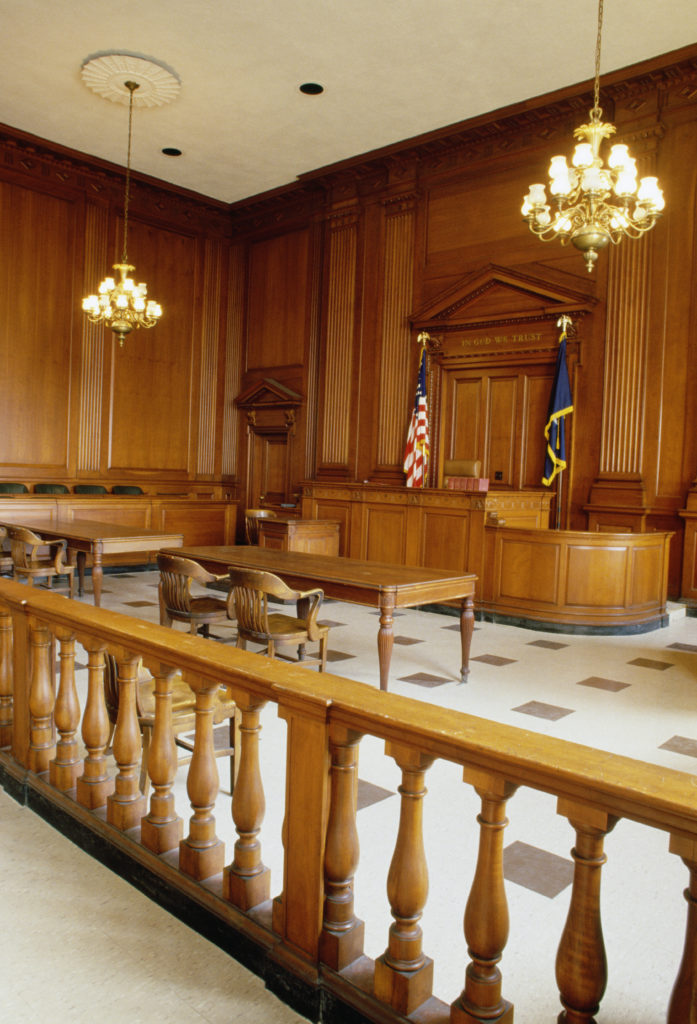There are two broad categories of evidence. Direct evidence is evidence that stands on its own to prove a fact. Circumstantial evidence is evidence that relies on an inference to draw a conclusion of fact. Both types of evidence are routinely presented in criminal trials. It is crucial to have an attorney that has experience both presenting and challenging these types of evidence.
Most cases involve some form of direct evidence. The most common type of direct evidence is eyewitness testimony. An eyewitness describing an event that they witnessed firsthand is commonly presented by the state during a criminal trial.
For example, in a murder case, a witness who testifies that they witnessed the defendant shoot and kill the victim provides direct evidence. However, eyewitness testimony is notoriously unreliable. Did the eyewitness have a clear view of the shooting? Did the eyewitness have an axe to grind against the defendant? Is the eyewitness a friend or family member of the victim and wants to hold someone accountable for the shooting even if they aren’t quite sure what happened? Does the eyewitness lack credibility for some other reason? These are all common issues that come up in criminal trials during a defense attorney’s cross examination of an eyewitness. If done effectively, cross examination can severely weaken the impact of eyewitness testimony on the judge or jury.
Circumstantial Evidence
Circumstantial Evidence relies on the judge or jury to “connect the dots” in order to arrive at a conclusion. Although there is a common perception that circumstantial evidence is “weak” or “bad,” it can sometimes be the most compelling evidence presented at trial. DNA, fingerprint, and ballistics evidence are all commonly presented in criminal trials. Usually, these types of evidence are much more persuasive than eyewitness testimony.
In the example above, lets say the eyewitness to the murder does have severe credibility issues. The defense attorney, through cross examination, has done a great job of exposing whatever bias the eyewitness has. But, in addition to the eyewitness testimony, the state also presents evidence that the bullets that killed the victim came from a gun that was found shortly after the shooting at the defendant’s home. The state also presents evidence that Defendant’s DNA and fingerprints were found on the gun. Additionally, the state presents cell phone evidence that place the Defendant in the general area of the shooting at the time the shooting occurred. The judge or jury can now “connect the dots” that Defendant was the person that shot the victim. Suddenly, the state’s case improved dramatically despite the credibility of the eyewitness.
There are a variety of ways to attack the impact of circumstantial evidence. Did the police make an error in the search warrant that allowed them to seize certain evidence? Was there an unconstitutional search that occurred to provide police with the evidence? Did the scientists follow proper protocol when testing the evidence? Was a proper chain of custody established for the evidence? These are all issues that experienced defense attorneys investigate while preparing a case for trial.
Contact Experienced Attorneys | Banks & Brower
It is important to hire an attorney that understand how to present and challenge both direct and circumstantial evidence. Contact the experienced Indianapolis criminal defense attorneys at Banks & Brower, LLC. We are available at all times by calling us at (317) 870-0019, or by emailing info@banksbrower.com.

